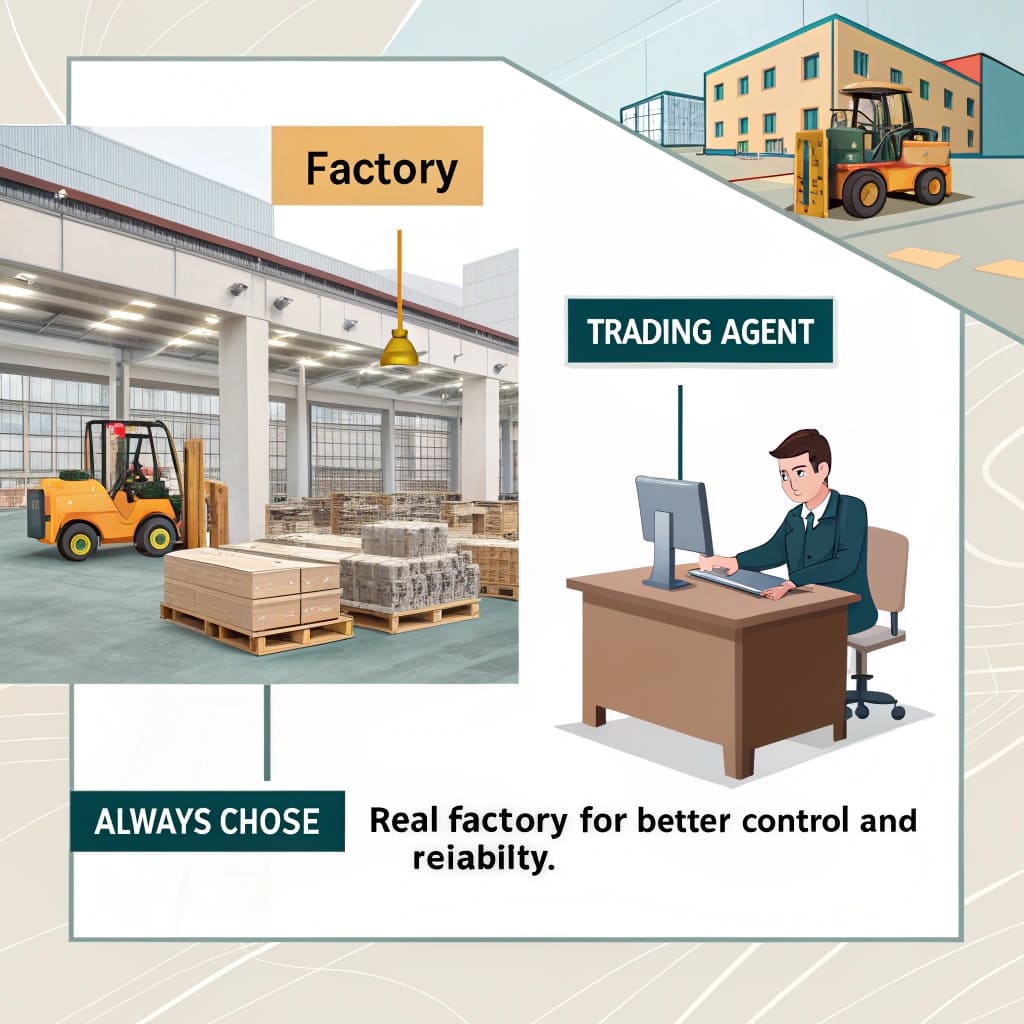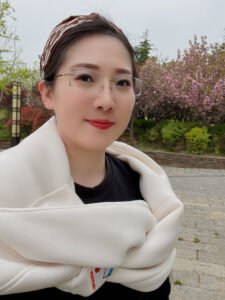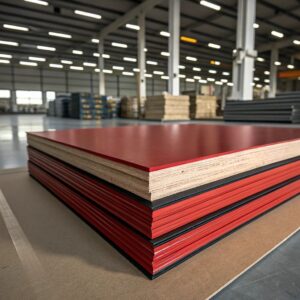
Plywood is a kind of engineered wood. It is made by gluing together thin layers of wood veneer. These layers are pressed under heat and pressure. Each layer's grain runs in a different direction. This makes the board stronger and more stable than regular wood.
As a plywood manufacturer in China, I often get this question from buyers like Cathy in Canada:
"Is plywood really good for furniture?"
My answer is yes. It is strong, light, easy to cut, and cost-effective. That is why many of my customers use it for cabinets, shelves, and wardrobes.
Plywood comes in different sizes, thicknesses, and surface finishes. It can be raw or covered with melamine. Some boards look like natural wood or marble. Others are plain and simple. Furniture makers choose based on their design.
1. How Is Plywood Made? (From My Factory’s Process)
At ACEALL, we have eight production lines. Each plywood panel we make goes through a full process. We control the quality from start to end.
Step-by-step Process
| Step | Description |
|---|---|
| 1. Core Selection | We choose poplar or eucalyptus veneers, based on customer needs. |
| 2. Glue Application | Glue is spread evenly between layers. We often use E0 or E1 formaldehyde-level glue1. |
| 3. Cold Pressing | Layers are pre-pressed to fix the position. |
| 4. Hot Pressing | Panels are pressed under high heat and pressure to bond the layers. |
| 5. Trimming and Sanding | The edges are cut neatly. The surface is made smooth. |
| 6. Lamination (optional) | For melamine plywood, we press decorative paper onto the surface. |
| 7. Quality Check | Every board is checked for defects, thickness, and strength. |
Why This Matters to Buyers
Many overseas buyers want stable, flat panels. If the core is not chosen well or the glue is weak, the board may warp or crack. At our factory, we test every batch. We also provide thickness tolerance reports2.
We do not outsource this process. That helps us ensure consistency. Our clients get what they ordered. No surprises.
2. Types of Plywood We Produce for Furniture Buyers
We offer different kinds of plywood. Each one serves a specific purpose.
Main Types of Plywood We Export
| Type | Core | Surface | Use |
|---|---|---|---|
| Commercial Plywood | Poplar or combi | Raw or melamine | Cabinets, partitions |
| Melamine Plywood | MDF or particle board | Melamine | Closet, wardrobe, office |
| Film Faced Plywood | Birch or eucalyptus | Black/brown film | Formwork, construction |
| Fancy Plywood | Poplar or hardwood | Veneer (oak, walnut) | Furniture with high-end look |
Why Melamine Plywood Is Popular
Most of my clients ask for melamine-faced plywood. Why? It has a clean finish. It is also resistant to moisture and scratches. Melamine comes in many colors and textures. Some look like real oak or stone.
Furniture makers like Cathy often choose white or wood-grain melamine. They use it for kitchen cabinets and wardrobes. It saves time in production. No extra painting or sealing is needed.
We can also customize textures: matte, gloss, embossed. All of this is done inside our factory. We laminate with precision to avoid bubbles and peeling.
3. Why Buyers Choose Our Plywood (From a Real Factory View)
Over the years, I’ve learned what overseas buyers want. It is not just price. It is about trust, consistency, and results. Let me explain why many importers choose us.
Key Reasons Importers Work with Us
| Factor | What We Do |
|---|---|
| Quality Control | 100% in-house production, lab tests, and report for each order |
| Custom Design | Lamination in 100+ patterns, edge banding, logos |
| Fast Delivery | 8 production lines = quick lead times, even during peak season |
| Communication | English-speaking sales team, updates with pictures and video |
| Stable Supply | Monthly capacity = over 10,000 sheets; long-term contracts welcome |
How We Solve Real Problems
One of our customers in Chile used to complain about late delivery. Their old supplier missed the back-to-school season. When they switched to us, we prepared stock in advance and shipped in 18 days. Their sales increased by 20% that season.
Another client from Canada had issues with surface cracks. We analyzed their local climate. Then we adjusted the glue and core structure. The new batch performed well, and returns dropped to zero.
We are not a trader. We are a factory. This means we can adjust the product based on your market. And we speak your language—not just English, but your business language.
4. Plywood Uses in Furniture Manufacturing
Plywood is everywhere. You may not see it, but it supports the structure of many things around you.
Common Furniture Applications
| Furniture Type | Plywood Use |
|---|---|
| Kitchen Cabinet | Sides, shelves, backing panel |
| Wardrobe | Doors, partitions |
| Desk | Top surface, legs |
| Bookshelf | Frames, vertical support |
| Bed | Headboard, base panel |
Plywood is strong yet light. This helps with transport and assembly. It holds screws well. It is also easy to shape.
We cut panels to size if needed. Some buyers ask for pre-drilled holes. Others want full sheets. We can pack both ways.
5. Is Plywood Sustainable? Yes—If You Choose the Right Factory

Sustainability is more than just a buzzword. It is part of our daily work.
We buy wood from FSC-certified suppliers. We use formaldehyde-free glue when needed. Our melamine paper is printed with water-based ink. And we reuse waste to make core layers.
Green Production in Practice
Our factory has invested in emission control. We filter air from our hot presses. We also collect and recycle wood dust.
For buyers in Europe and North America, we provide ENF, CARB P2, and FSC certificates. These documents help them meet local regulations.
More customers ask about the carbon footprint. So we offer reports on energy use and material origin. This gives peace of mind to end users.
One of our clients added a “sustainable product” badge to their brand. They used our panels in a zero-VOC furniture line. It helped them enter a new market segment.
6. Final Tips: How to Choose the Right Plywood Supplier in China

If you are importing for the first time, or switching suppliers, here are some tips:
-
Choose a real factory, not just a trading agent.
-
Ask for video proof of production and packaging.
-
Check certifications, especially for glue and wood origin.
-
Discuss lead times clearly, especially during high season.
-
Request a small batch first, then scale up.
At ACEALL, we support both small and big orders. You can email me directly at sales@aceallwood.com. I will reply fast, usually within 6 hours.
Conclusion
Plywood is simple—but also powerful. When made well, it lasts for years. As a factory, we know every step of the process. We work hard to give our clients the best value. If you are looking for stable supply, quality control, and real support, I invite you to connect with us. Let’s build something solid together.



